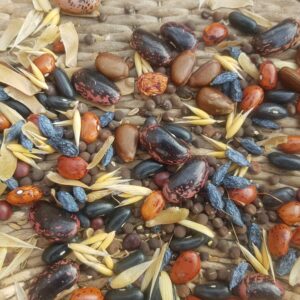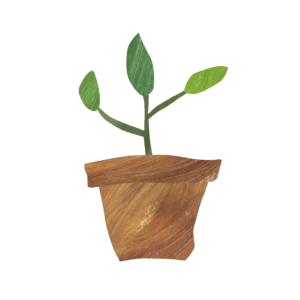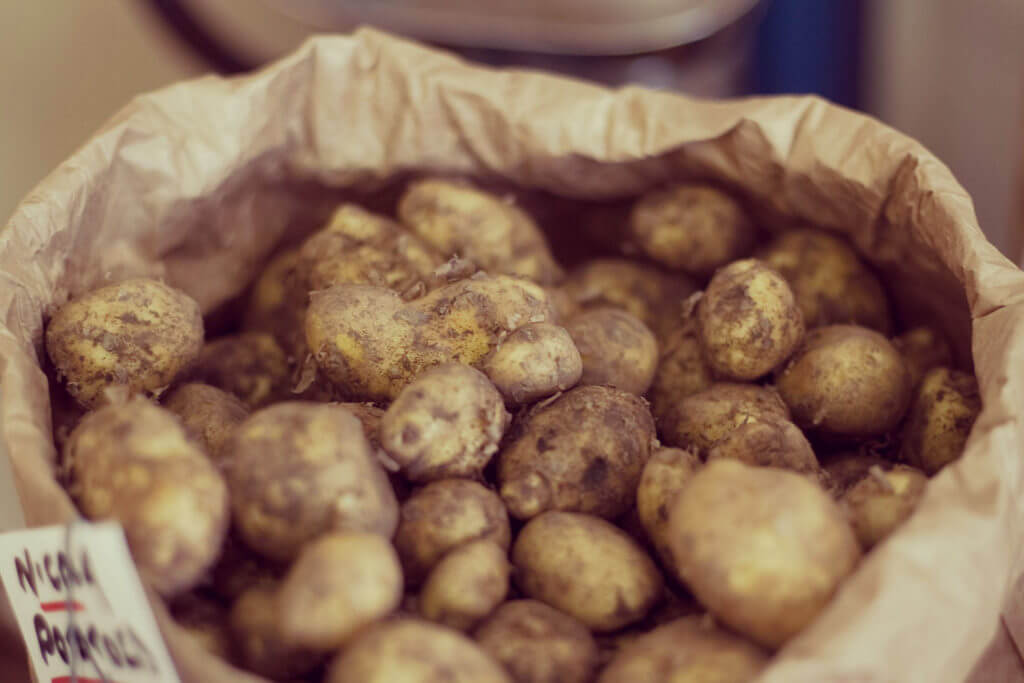An ancient art that creates next level self-sufficiency!
Growing your own veg is one of the most enjoyable ways of being a little bit more self-sufficient. Germinating seed, nurturing plant growth, harvesting and eating your own produce is a very fulfilling process. The cycle continues when plants are left to flower and go to seed, but over the past 40 years or so most gardeners have forgotten about this part of the process; the tradition of seed saving is no longer an integral part of growing plants.

This is partly due to the use of hybrid seeds (usually called ‘F1s’) which are bred from two different plants, creating a new variety with the desirable qualities from each of the parents. Hybrid plants are popular for their vigour and high yields but they do not produce seed that will grow true to type, so new seed has to be bought every year from the seed company who created it. Heritage and heirloom varieties are descendents of plants whose seed has been saved year after year, passed on down generations. The seed is open-pollinated, which means the plants are allowed to reproduce according to the whims of the bees and the wind, resulting in varieties that are highly adaptable to local conditions. Gardeners who save open pollinated seed year after year will create ever-changing strains with wide genetic diversity, which means resilience when faced with challenges such as disease and climate change.

For beginners, it’s best to start with saving seed from plants that self-pollinate, such as peas, tomatoes and beans. It’s as simple as leaving a few plants to set seed, or in the case of tomatoes, separating the seed from the fruit when harvesting. Peas and bean pods can just be left on the plant until completely dry. Always select your strongest plants to save seed from as these will pass on the best genes. There are some fantastic resources online and to start on the right track you can buy open pollinated seeds from The Seed Cooperative in store or from Real Seeds online.
To encourage seed swapping we will be creating a seed library at the shop later in the year, providing access to a variety of locally saved seed and lots of information so that you can learn how to save seeds from your own vegetables and flowers to share within the community. Hopefully after a few years a collection of locally adapted heirloom and heritage seed varieties will emerge and we will be one step closer to a tasty and resilient local food system.


